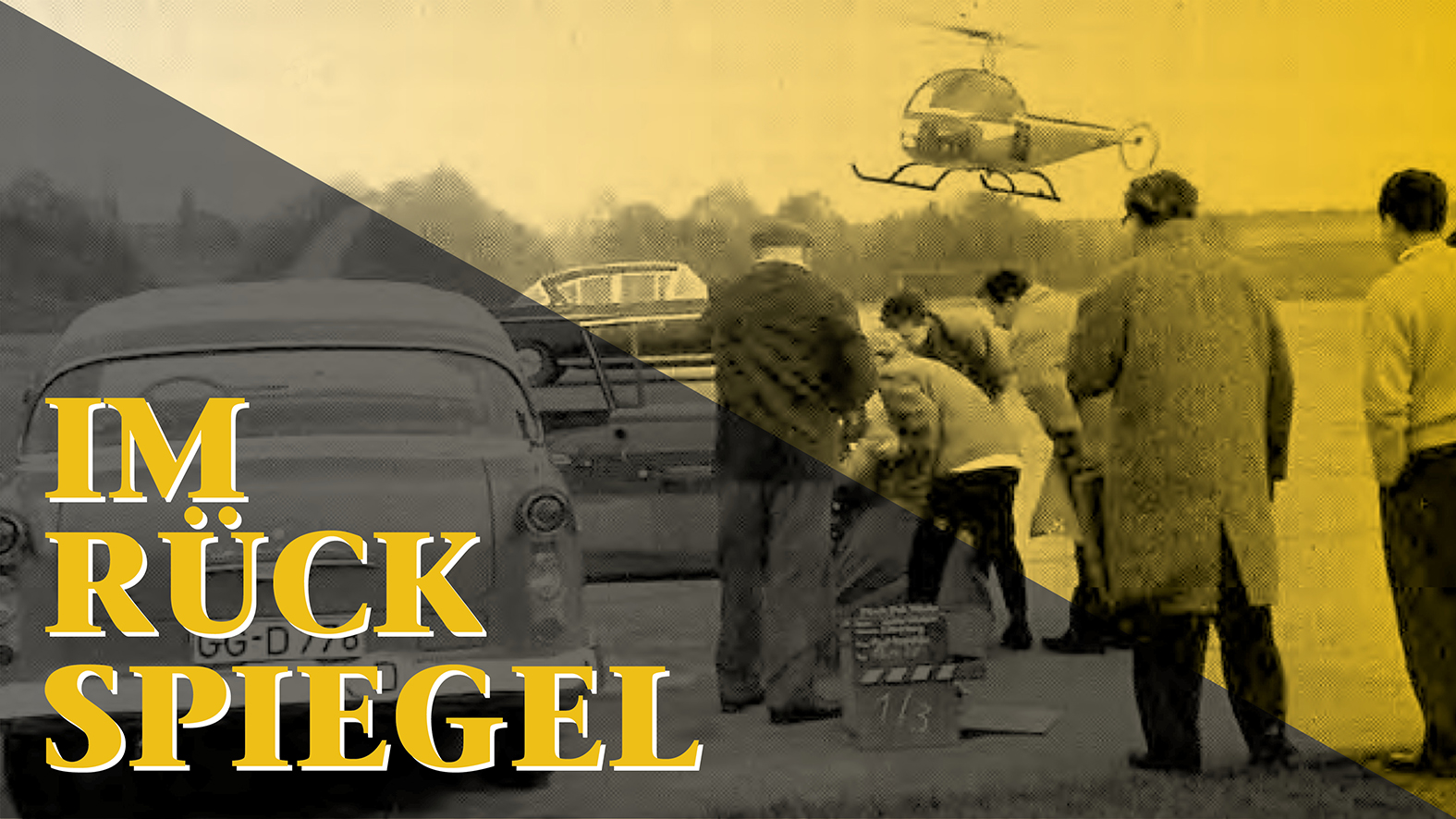*/
]]>
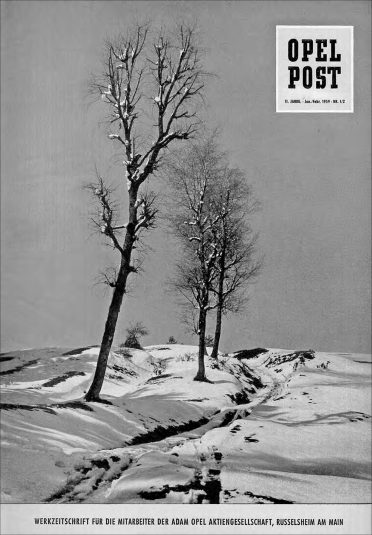
Zeitgeist anno 1959: The cold winter is followed by a feel-good year
The year is 1959. In Cuba, the revolutionaries under Fidel Castro take power, Nikita Khrushchev is the first Russian head of state to travel to the US to promote Cold War relaxation, and in a plane crash, rock’n’roll legend Buddy dies Holly, which inspires Don McClean to the world hit “American Pie”. In Germany Heinrich Lübke replaces Theodor Heuss as Federal President and the Federal Ministry of Economics expects “a healthy and stable further development of the German economy”. Accordingly, it runs at Opel: 1958, the company has produced 315,945 passenger, delivery and truck, almost 90,000 units more than in the previous year, about two-thirds of which were Olympic and Olympic record. However, the star of the January / February issue of the Opel Post is the captain, even though the editorial team has opted for a snowy idyll as the title image. In addition, the employee newspaper breathes once again a lot of zeitgeist.
Furious filming: The captain in his best role
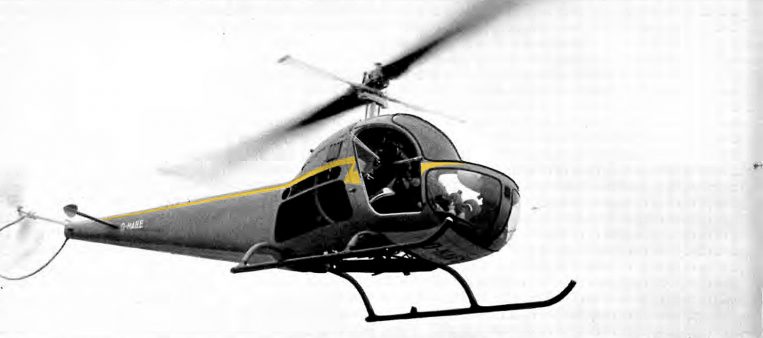
Above the test field: cameraman and pilot have no easy task. They are struggling with gusts of wind, and they also have difficulty keeping up with the captain during driving shots since the helicopter only manages 135 km / h.
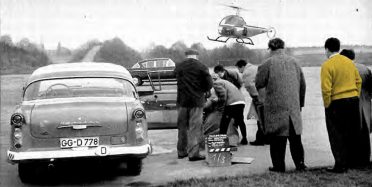
Commercial: The Opel captain is the protagonist.
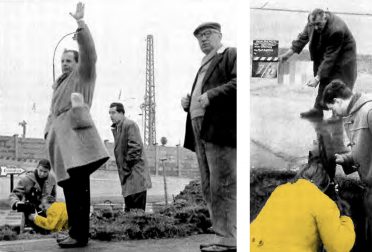
On the spot: The Opel Post reports on the filming.
The Opel test facility in Dudenhofen has always offered ideal conditions for spectacular car stunts. However, these are rarely filmed. On behalf of the advertising department, however, now creates a cinematographic strip on the Opel flagship, the captain – and there should and must be plenty of “action” purely. There is no video at that time, drones are not yet in use. Instead, real celluloid is exposed and for aerial photography a helicopter must be used, whose pilot does not have an easy life. A recording must be repeated up to 20 times before the director is satisfied. Finally, there’s a happy ending, as befits a decent movie.
↑ VIDEO: Launched in February 1959 in German movie theaters.
Russian car market: “Moskvich” is not for everyone
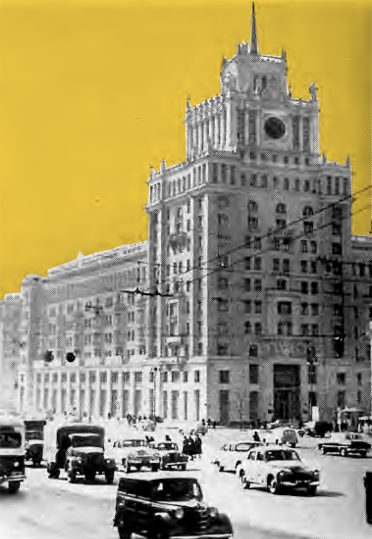
Moscow: A cosmopolitan city with eight gas stations.
How is the automotive industry actually developing behind the so-called “Iron Curtain”? A question that is not so easy to answer from the West in 1959. Joachim Steinmayr, Moscow correspondent for the “Frankfurter Neue Presse”, is among the few who gain insight into events in the Soviet world empire. The Opel Post prints its report from the East, and this is amazing. In the eight-million-metropolis of Moscow, there is only one car dealer and a total of only eight gas stations. Only 8,000 cars are sold to private customers per year. The choice is “Moskvich” for 25,000 and “Volga” for 40,000 rubles, but the waiting list is long. Details of how many motor vehicles are actually traveling in Russia are refused by the registration office. What is certain is that cars in private hands are the absolute exception, the bulk of the vehicle fleet is state-owned. At least in Moscow, the street scene is quite lively, as Steinmayr describes it. On the black market, used cars are trading at higher prices than new ones. Fortunately for him, the correspondent was allowed to bring his own car from the west. Also for this he receives tempting offers from black marketers.
Gigantic oil pipeline: 390 meter long “steel snake”

The tubes embedded in the floor are welded (left). One endpoint of the pipeline is a refinery near Cologne (right).
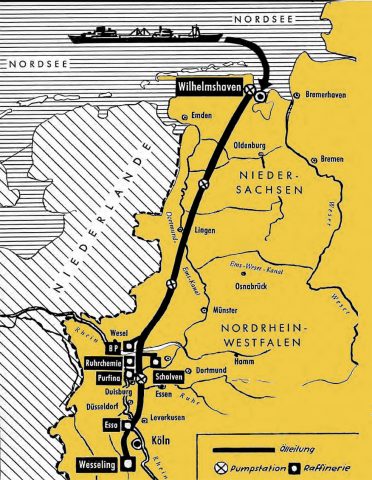
Pipeline operation: During the construction, many years of experience from the USA were used.
It is 390 kilometers long, 71 centimeters wide and pumps five to six million tons of heavy fuel oil from Wilhelmshaven to the Ruhr area each year – in 1965 it should even be 20 million tons. The “steel snake”, a gigantic crude oil pipeline designed according to the American model, has begun its work. For more than a year, a total of ten construction crews were deployed to dig a 1.70-meter-deep bed from the North Sea to the southwest, laying around two kilometers of pipe per day. So now crude oil in bulk to refining in Cologne, Dinslaken, Duisburg, Oberhausen, Gelsenkirchen and Wesseling. However, the pipeline should not be the only one; routes from Marseille and Rotterdam should also be laid in the Ruhr area. “In a few years, the pipelines, like the veins in a human organism, will bleed through the common market,” predicts Opel Post. The economic miracle is in full swing – even underground.
And always remember: Making money is good – saving as well
That is prudence: Although the Opel production runs as smoothly as never before, this issue of the Opel Post closes with a flaming Sparapell. And quotes the old wisdom: “Spare in time, then you have in trouble.” Because it would make little sense to reflect on this truth only in times of economic crisis. “What is written off as loss of material and labor, of supplies and supplies, can not wander into the wage bags and also do not cheapen our products.” Some truths have just lasted for all eternity.
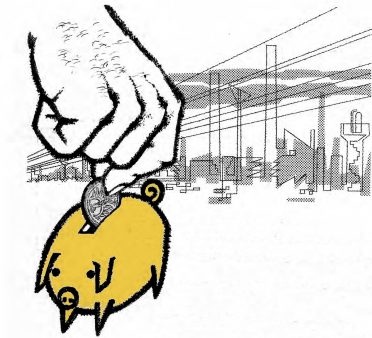
Here you can download the complete Opel Post issue from January / February 1959.
January 2019
Text: Eric Scherer
